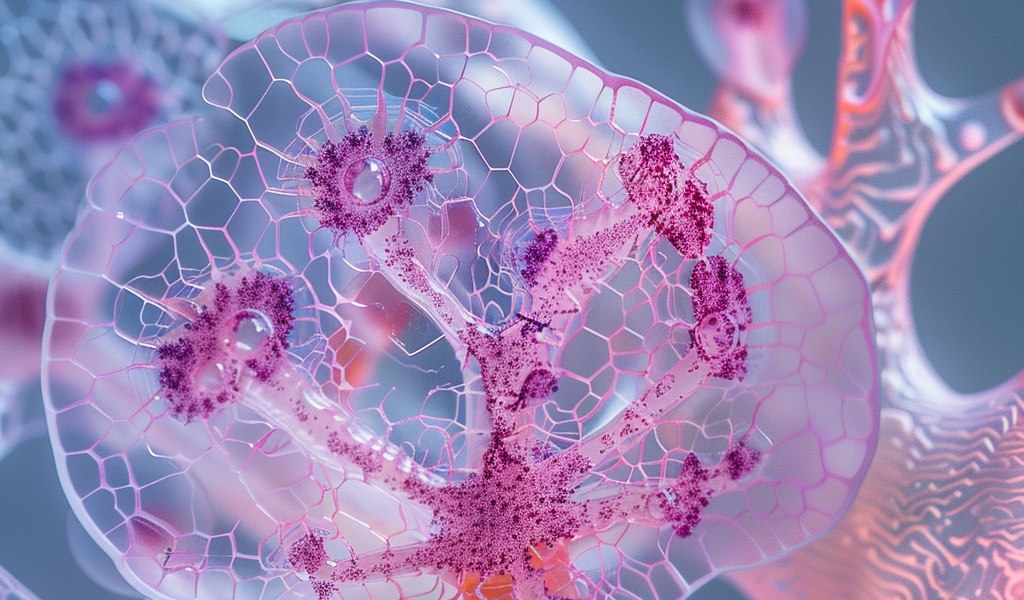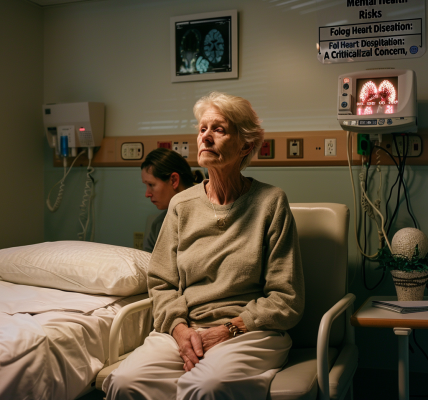Scientists at Nanyang Technological University, Singapore (NTU Singapore) have made a significant breakthrough in the study of polycystic kidney disease (PKD) by successfully growing ‘mini kidneys’ in the lab and grafting them into live mice. This groundbreaking research has provided new insights into the metabolic defects associated with PKD and offers potential hope for more effective treatments in the future.
The kidney organoids, also known as ‘mini kidneys,’ were developed using skin cells derived from patients with PKD, a prevalent genetic condition affecting 1 in 1,000 individuals across all ethnicities. The disease often leads to end-stage kidney failure, with limited treatment options such as dialysis, kidney transplant, or the costly and side effect-ridden drug Tolvaptan approved by the Food and Drug Administration (FDA).
To address the need for more effective treatments, the NTU research team sought to gain a deeper understanding of PKD by engrafting the mini kidneys into live mice. This approach allowed the scientists to comprehensively replicate the pathological features of the disease, including blood flow, fluid movement, and cellular communication with other organs.
Lead investigator Assistant Professor Xia Yun at Lee Kong Chian School of Medicine (LKCMedicine) stated, ‘Engrafting the kidney organoid in mice provided us with a physiologically sophisticated approach to studying polycystic kidney disease as we were able to successfully emulate critical disease characteristics similar to those observed in human kidney patients.’
The study, published in the journal Cell Stem Cell, reported that the engrafted mini kidneys exhibited critical disease characteristics, including the spontaneous formation of cysts in the kidneys and subsequent damage to its tiny tubes. This research represents a significant step forward in the understanding and potential treatment of PKD, offering hope for improved outcomes for patients in the future.





